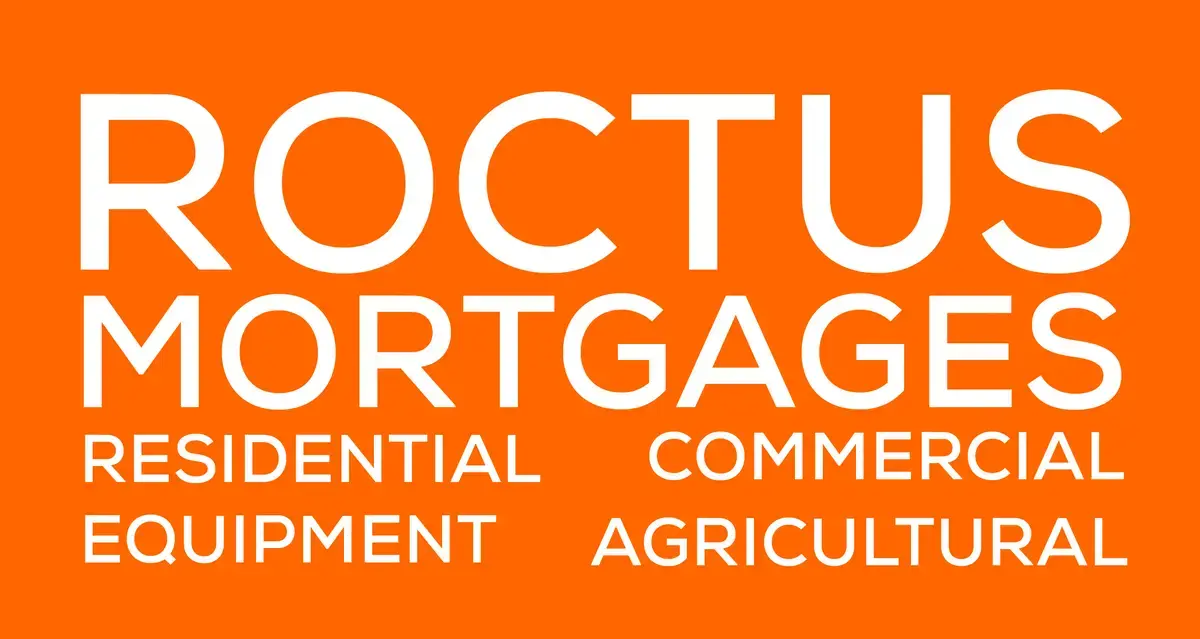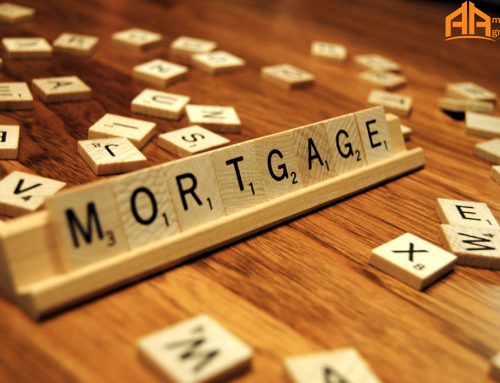There are three basic steps that you need to take before financing a mortgage to purchase a home:
– Calculate how much you can afford;
– Calculate your down payment;
– Find the best mortgage rate.
These figures can easily be produced through a pre-approval process from a bank, mortgage provider or another type of financial institution. The will take into account your current income, expenditure as well as the down payment that you can afford.
Required down payments can range anywhere from 5% to 20 % of the total mortgage amount. However, amounts lower than 20% will require the acquisition of mortgage default insurance. The down payment amount will also affect your mortgage rate.
Other factors that can affect the mortgage rate include:
– The repayment term or period;
– Your age, credit rating and other personal information;
– Your financial standing;
– The current mortgage market rates.
It is highly recommended to source pre-approval from a variety of mortgage providers to find the best rate. Currently, any rate below 3% (the prime lending rate from major banks) is considered to be low. However, most home buyers may not qualify for a low mortgage rate.
You can seek online pre-approval or search for the lowest rates on the web. There are some different mortgage rate comparison portals that you can use to simplify this process. Alternatively, you can employ the services of a mortgage broker to hunt down the best rate at a particular point in time.
However, you need to be aware that pre-approval does not mean that your mortgage or the pre-approval amount will be awarded when you put in an offer to purchase a property. Your chosen mortgage provider will need to assess further your personal and financial status as well as the offer being made on a particular property before any amount will be approved. The process could take anywhere from two weeks.
During this time, the mortgage rate can fluctuate meaning that you could end up paying more or less in the long run that you first anticipated. You can, however, opt to fix or lock the rate on offer during the pre-approval process. This means that if the rate increases, you will not be affected. If the rate decreases, you are not tied in and can search again for a lower rate.
You can choose between a variable or a fixed mortgage rate. A variable rate will fluctuate as the current market inflates or deflates. A fixed rate will mean that you will pay the same rate throughout your repayment period.
Market saturation, the high level of competition in the mortgage sector and the prime lending rate all mean that the variable option may be more beneficial in the long run at the moment. On the other hand, choosing a fixed mortgage rate will protect you in the event that the prime rate increases, saving you money.
At the end of the day, the amount of time and effort you put into a low mortgage rate search will determine how much you will pay to the lender in the long run. If you are deadly serious about getting the best mortgage rate contact the market leaders, AR mortgage Group today.







Leave A Comment